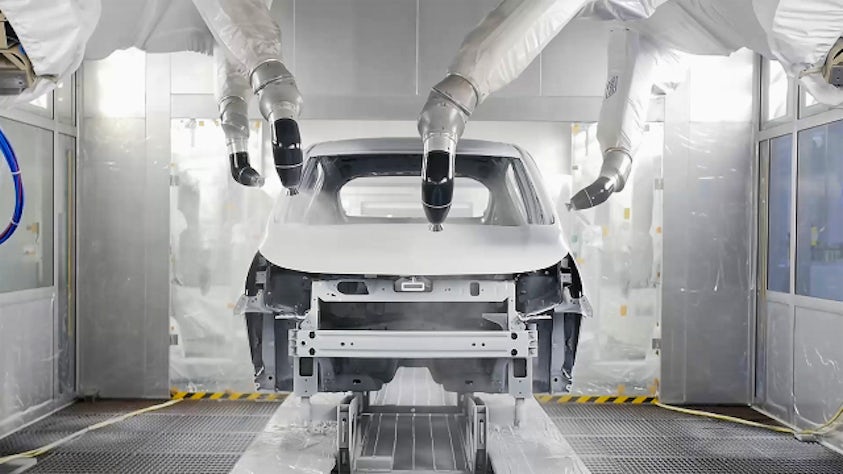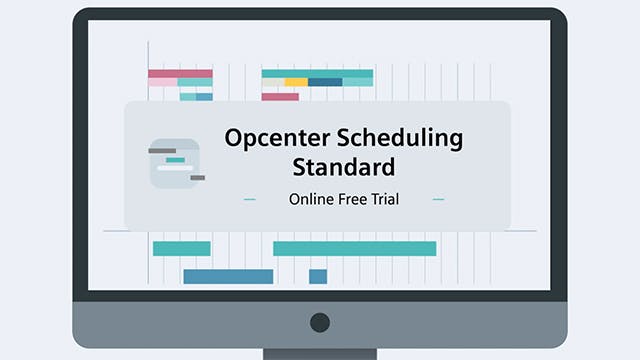La creazione su ordine è considerata un'operazione di tipo pull perché l'evento che avvia l'attività di produzione, ovvero l'ordine cliente, inizia con l'evasione dell'ordine e procede a ritroso nella sequenza di produzione per arrivare a un piano o a una programmazione. Cioè, la produzione è "tirata" dalla domanda. Al contrario, il make-to-stock (MTS) è un'operazione di tipo push.
La pianificazione make-to-order sta diventando sempre più diffusa perché è compatibile con la tendenza del mercato della "personalizzazione di massa", che comporta piccoli lotti o lotti prodotti con efficienze di produzione di massa. Come operazione pull, la produzione su ordinazione incorpora funzionalità personalizzate nel ciclo di produzione. Il make-to-order aiuta anche a ridurre al minimo l'inventario in eccesso, che spesso si traduce in sprechi. In quanto tale, il make-to-order è spesso una componente della produzione snella e della programmazione just-in-time (JIT).
Una delle principali sfide della pianificazione make-to-order è quella di ridurre al minimo i tempi di consegna, nonostante il fatto che il ciclo di produzione inizi solo dopo la ricezione dell'ordine. Ciò significa che il make-to-order è più adatto a prodotti con cicli di produzione relativamente brevi. Per ridurre i tempi di consegna, i produttori possono adottare un approccio make-to-stock per i componenti intermedi del prodotto che richiedono un lead time significativo, in modo che le fasi del processo che utilizzano tali componenti intermedi possano iniziare più rapidamente dopo la ricezione di un ordine. Questo è il concetto alla base della pianificazione del fabbisogno di materiali basata sulla domanda (DDMRP).
Alcune funzionalità di un moderno sistema APS (Advanced Planning and Scheduling) sono progettate per ottimizzare la pianificazione make-to-order. Il software APS consente ai pianificatori di valutare rapidamente le variazioni della quantità o della data di consegna, nonché le variazioni della capacità produttiva, e di adattare il piano di produzione su ordinazione per soddisfare le nuove esigenze.


